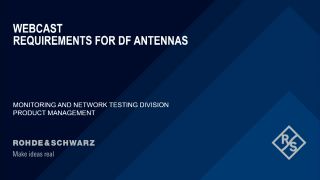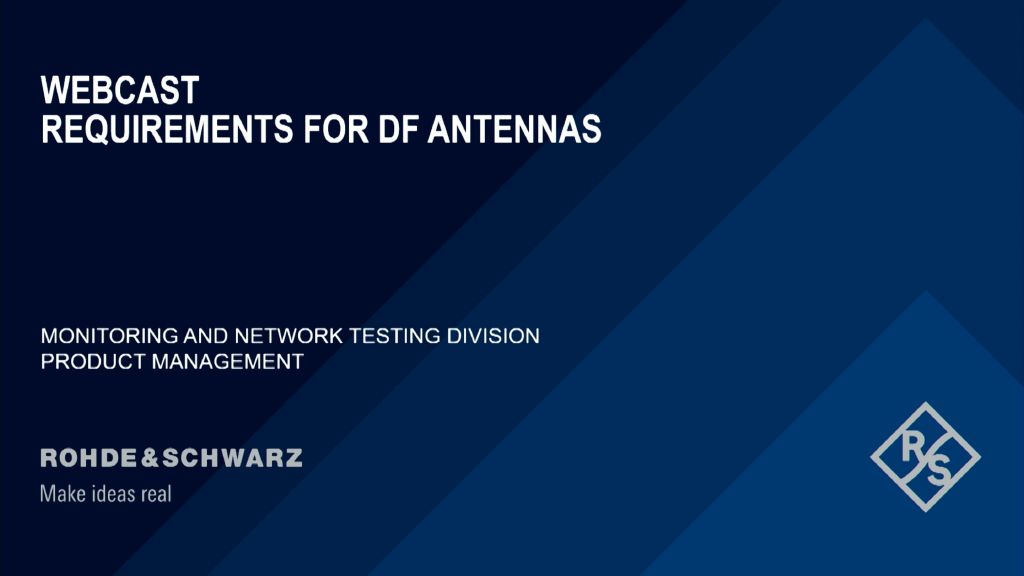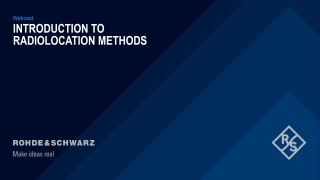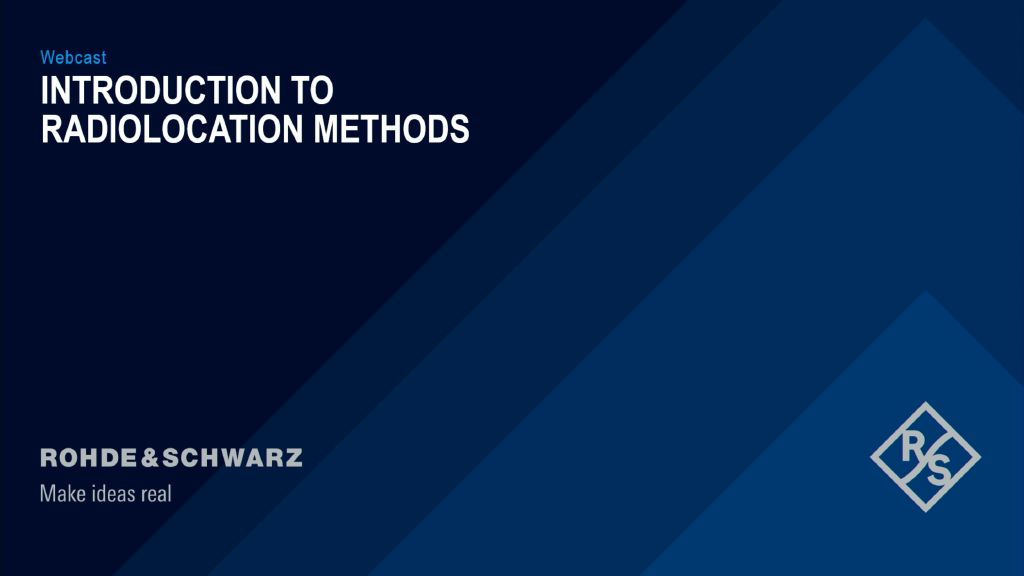All you need to know about direction finding and radiolocation
Detecting emissions is always the first step. But often not only the existence of a signal of interest but also the location of the emitter.
The task of a radio direction finder is to estimate the direction to an emitter by measuring and evaluating electromagnetic field parameters. Usually, the azimuth angle to the emitter of interest is sufficient; the measurement of elevation is of interest for emitters installed on airborne platforms and especially for the direction finding of shortwave signals. Direction finding is therefore an indispensable first step in radiomonitoring, particularly since the content of such emissions is usually inaccessible.
Radiolocation of emitters is often a multistage process. Countrywide direction finders allow an emitter to be located to within a few hundred meters by means of triangulation. The emitter location can be determined more precisely with the aid of direction finders installed in vehicles. Moreover, portable direction finders allow searching within the last 100 m, for instance in buildings.
1. Radiomonitoring in line with ITU guidelines
This application mainly concerns searching for interference sources and localizing non-authorized transmitters.
2. COMINT/CESM – military intelligence
The main objectives of this application are the detection of activities of potential enemies and the acquisition of information on an enemy's communications order of battle (COB).
3. Critical infrastructure security - Coast guarding applications
Coastal emergency radiomonitoring clearly demonstrates the importance of direction finding and radiolocation. It has saved the lives of many seafarers in distress.
4. Critical infrastructure security - ATC air traffic control
Air traffic control DF system solutions provide accurate and reliable direction finding for both civil and military airports. It enables air traffic controllers to accurately determine the direction to the aircraft on the basis of its radio transmissions. This helps reduce call-sign confusion and identify responses from wrong aircraft. The increased safety makes it possible to handle more flights per hour by reducing the time gaps between consecutive flights.
5. Counter UAS – swift detection and neutralization of drones
Protective measures can only be taken after a threat is detected. To effectively counter the threat, early warning is critical – every second counts. This solution detects commercial drone activity, it automatically classifies the type of drone signal and determines the direction of the drone and its pilot.














